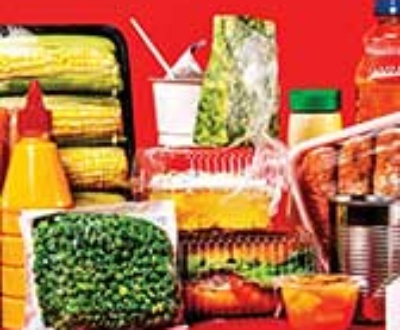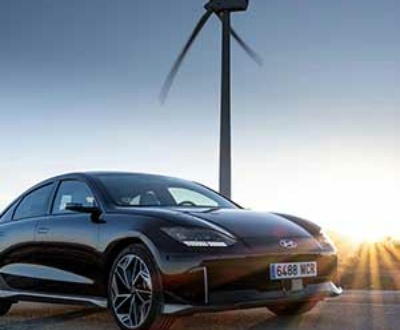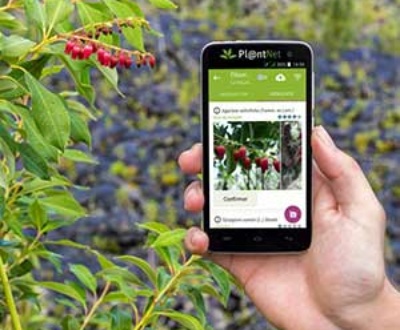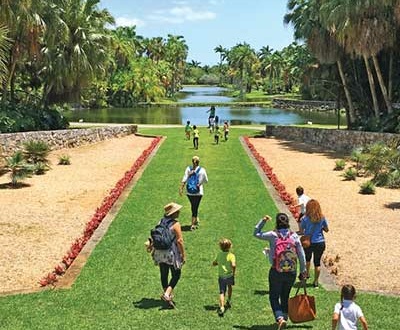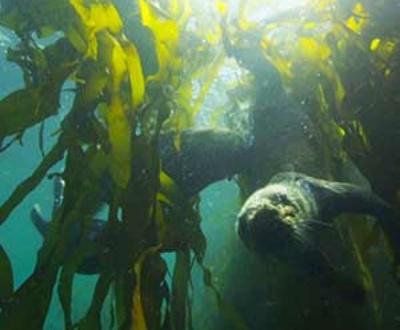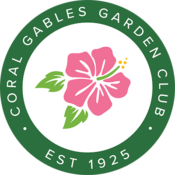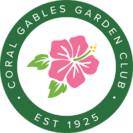Wow, how did it get to be November!! This year is just speeding past. We are in the fall bird migration south for the winter so in this issue I want to focus on…
Birds, Birds, Wonderful Birds
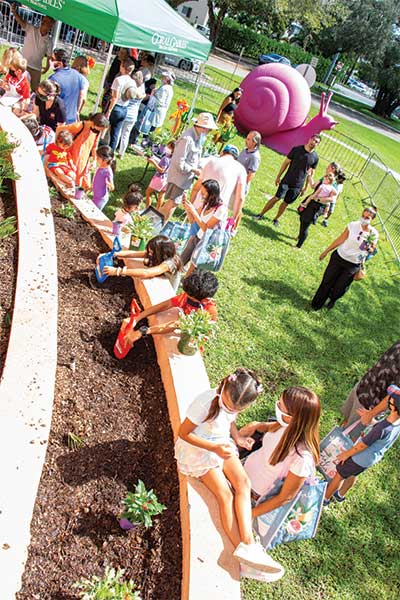 The first thing I want to mention is a talk by Kirsten Hines of the Tropical Audubon Society on “Attracting Birds to Your South Florida Garden” that will take place on November 13th at 10 am at the War Memorial Youth Center. This is another in the “Keep Coral Gables Beautiful” Series. I hope you will be able to attend!!
The first thing I want to mention is a talk by Kirsten Hines of the Tropical Audubon Society on “Attracting Birds to Your South Florida Garden” that will take place on November 13th at 10 am at the War Memorial Youth Center. This is another in the “Keep Coral Gables Beautiful” Series. I hope you will be able to attend!!
Florida is where birds on the North America Atlantic flyway funnel down on their way south for the winter. Many birds find our mild winters and abundance of food so attractive they decide to winter here. Would you like to have a bird friendly yard? Here’s how…
There are six major plant types that you want in your yard to make it bird friendly. Diversity is the key!! Different types of plants play differing rolls in attracting and supporting birds.
- Diverse lawns. There isn’t much for birds in the typical monoculture grass- But if you are not using pesticides your lawn can develop a range of small native plants which can provide nectar, fruit, seeds, and insects for ground feeding birds year round. A perfect example of this is the original pollinator patch in the land at Bird and Granada the city purchased for a future park. One day when it hadn’t been mowed recently, the President of the Miami Blue chapter of the North American Butterfly Association walked across the field and found 27 DIFFERENT SPECIES OF BUTTERFLIES. Some examples of these native plants are turkey tangle, frog fruit, powderpuff mimosas, and bastard copperleaf. I know I have them in my green spaces! Just let your lawn go natural, ditch the weed and feed.
- Short Statured Plants. Native wildflowers such as blue porterweed and Florida yellow top are good examples. They supply birds with nectar and seeds, attract insect pollinators, and provide protective cover for birds.
- Vines. Vines fill spaces where other plants can’t grow, birds can roost and nest in them and some also provide food—nectar for hummingbirds, small fruits for fruit eating birds. Corky stemmed passion vine, skyblue cluster vine are examples.
- Shrubs. These are key to a bird friendly garden providing much of the yard’s fruit, nectar, insects, and roosting spots for small to medium sized birds. You want to mimic a natural forest edge with various species in overlapping clusters. Firebush and Button sage are good example.
- Trees. Native trees like live oak, button wood, and slash pine provide nesting and roosting habitats for owls, hawks and other large birds as well as a feast of insects on the live oaks. Large palms can provide habitat for cavity nesting birds.
- Epiphytes. These grow not in soil but on other plants, rocks, and walls. They get their food and moisture from the air, and provide lots of insects for birds. Examples would be resurrection fern and Spanish moss.
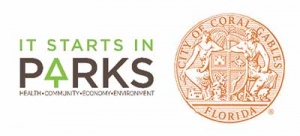 As you can see, if you include these types of plants we are not talking about a yard with acres of grass plus a few shrubs and specimen trees which offers very little for birds. Don’t be too tidy every pile of rotting leaves or wood, every uncleared corner can provide a sanctuary and safe haven for some creature! Every plant grown without chemicals will feed the soil food web. Speaking of which I am proud to say I spotted some mushrooms in my yard after the rain. Evidence of a healthy rhizosphere where plants are interacting with microscopic organisms like the mycorrhizae fungi web since mushrooms are the fruit of that web!!
As you can see, if you include these types of plants we are not talking about a yard with acres of grass plus a few shrubs and specimen trees which offers very little for birds. Don’t be too tidy every pile of rotting leaves or wood, every uncleared corner can provide a sanctuary and safe haven for some creature! Every plant grown without chemicals will feed the soil food web. Speaking of which I am proud to say I spotted some mushrooms in my yard after the rain. Evidence of a healthy rhizosphere where plants are interacting with microscopic organisms like the mycorrhizae fungi web since mushrooms are the fruit of that web!!
Why Help The Birds?
According to Dr. Doug Tallamy, there are three billion fewer breeding birds than there were 40 years ago and one third of the birds in the US are gone. Loss of habitat and pesticides…so provide some pesticide free habitat for these beautiful creatures and enjoy!!
Our Keep Coral Gables Beautiful Series
I’ve included a couple of shots from the “Park Pollinator Palooza” in September with a good time had by all!! And I hope you were able to attend “100 Yards of Hope” at the Coral Gables Cinema in October about replanting corals in our reef. Coral reefs are only 1% of the oceans BUT support 25% of the ocean life as well as providing barrier protection in storms. The last item in the series, January 15th, is a Season Kick-Off at the Farmers Market. It is “20 Best Pollinator Plants for South Florida” with pollinator plants and native plants for sale.
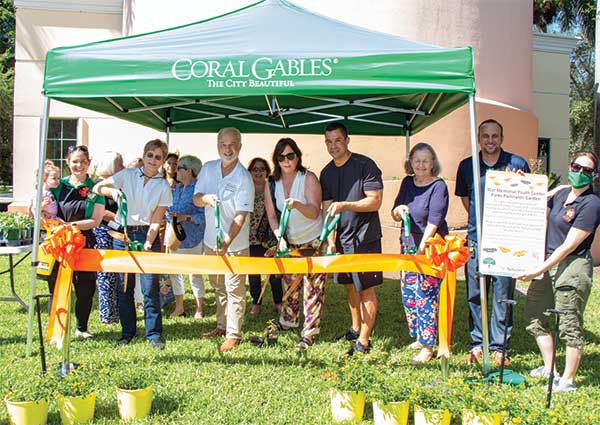
About the Author
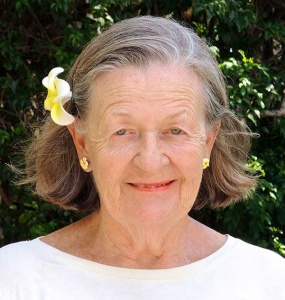
Linda Lawrence Waldron currently writes the Green Gables column in Gables Living Magazine. Linda was Chairman of the Garden Club's Coral Gables Library Butterfly Garden Committee.
Sign up here for email notifications about new Green Gables articles!
More from our blogs
See all postsRecent Posts
- April 2023 April 1, 2024
- Good News on Environmental Plastics February 1, 2024
- Material World / Plant World January 1, 2024
Leave a Comment cancel
This site uses Akismet to reduce spam. Learn how your comment data is processed.



